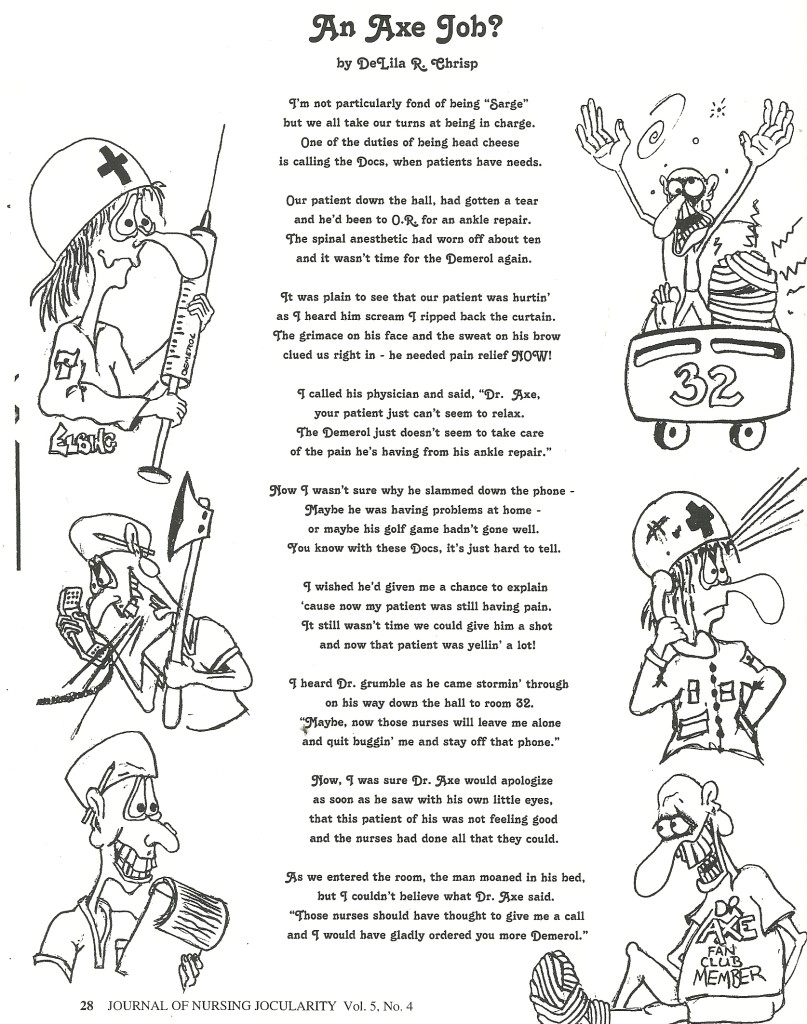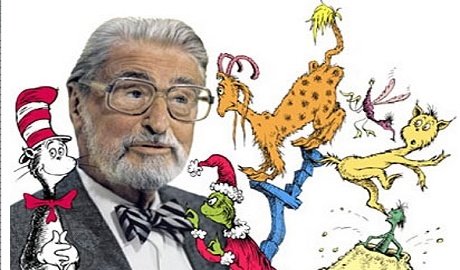Easter – Christ, the Rabbit, and the Eggs
There are those of us that feel that Christmas and Easter have become too commercialized, taking away the true meaning of the holidays. We wish there was more Christ Child than Santa, and more Christ arose than the Easter Bunny hopped. We would like to see both holidays celebrated with more spirituality and less folklore.
Maybe the two aren’t as far apart as we have always thought. Let’s look into the “real story” behind the Easter Bunny and the Easter eggs.
According to Wikipedia, the “Easter Hare” originated among German Lutherans.
In the medieval church, many of the Christian art works depicted a rabbit or hare in it. At this time it was believed by many people that the hare was a hermaphrodite – meaning it had sexual organs of both a male and a female. This idea led to the belief that a hare could reproduce without a loss of virginity and this led to an association of the hare with the Virgin Mary. It was common to see the hare along side the Virgin Mary in ancient Northern European paintings.
Orthodox churches observe a custom of abstaining from eggs during the fast of Lent. During this time, they boil or roast them so that the eggs are not wasted. At some point they began decorating the eggs as part of the celebration of the season. Later, German Protestants continued on with that custom of eating colored eggs for Easter. Before egg dyes arrived, people would boil the eggs with certain flowers that would change the shell’s color.
Many Christians of the Eastern Orthodox Church still dye their Easter eggs red – the color of blood – to symbolize the blood of Christ. Some will also use green in honor of new life, as in the plants that spring up from the ground. And surely, we were all given a chance for new life when Christ went to the cross.
Easter has always been a favorite holiday of mine. As a child I loved hunting Easter eggs, finding baskets of candy at the foot of my bed, and dressing up for church in a new lacey dress with white gloves, hat, and shiny Mary Jane patent shoes. I was able to separate the folklore from the Christian concept and enjoy both aspects. Now with what I know, instead of separating them, it seems that I could have combined the pieces of both.
As I have grown older; more mature in my faith, and a bit more cynical of the Easter Bunny and the colored eggs, I am relieved to discover the correlation between the two. Instead of scowling at the old rabbit, I will again smile. After all, he did bring me a lot of candy!
Until next week – if you keep on readin,’ I’ll keep on writin.’





